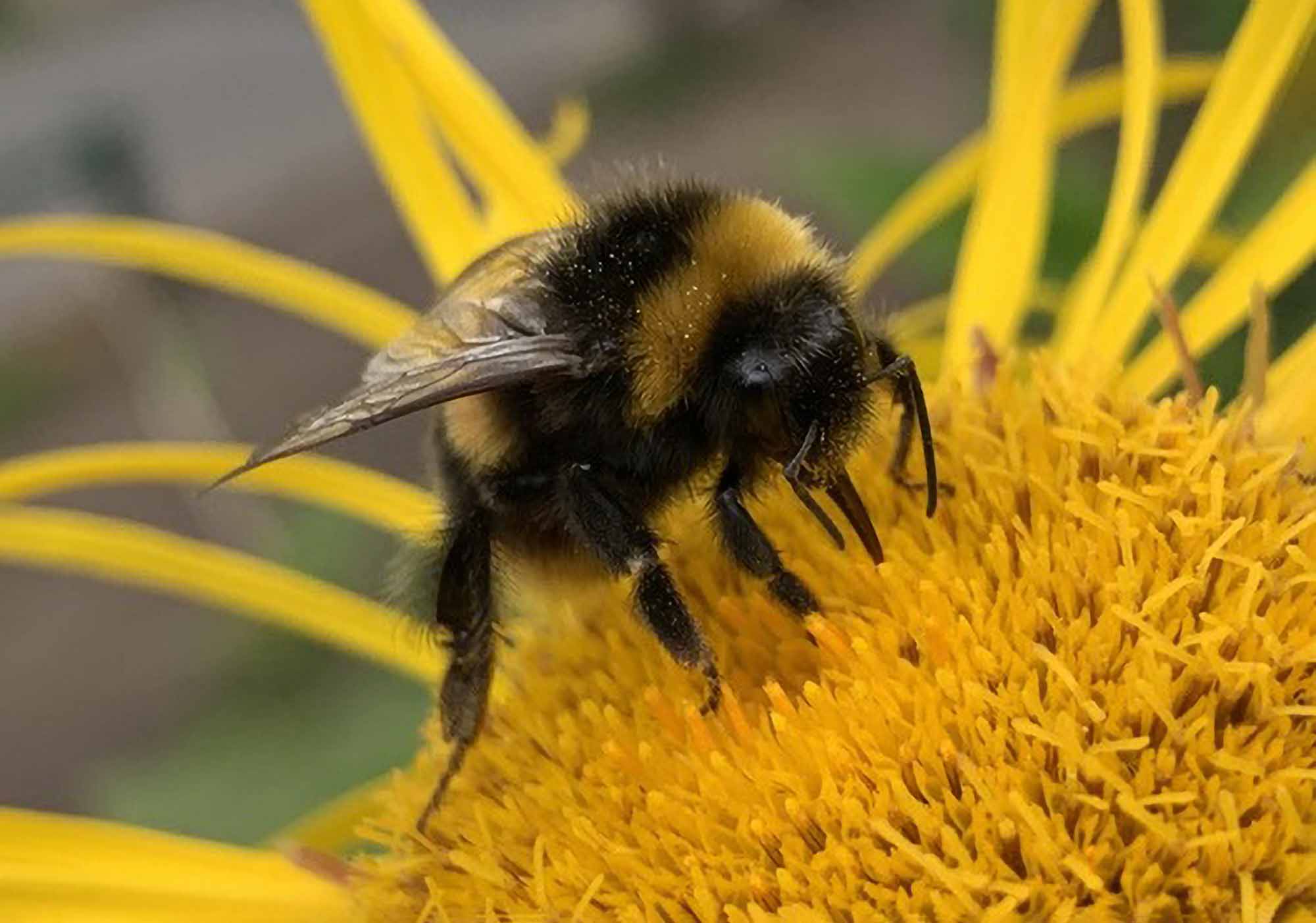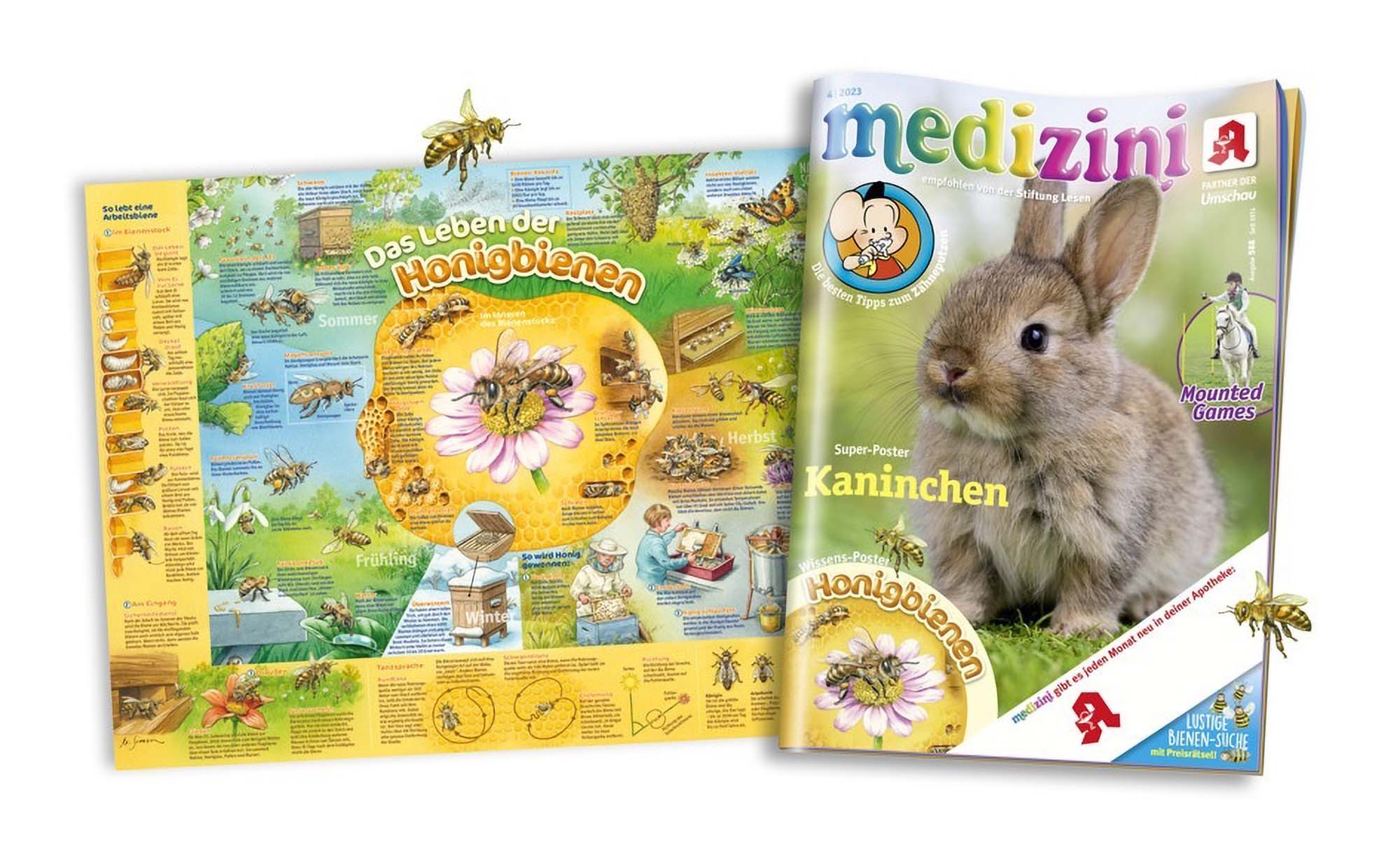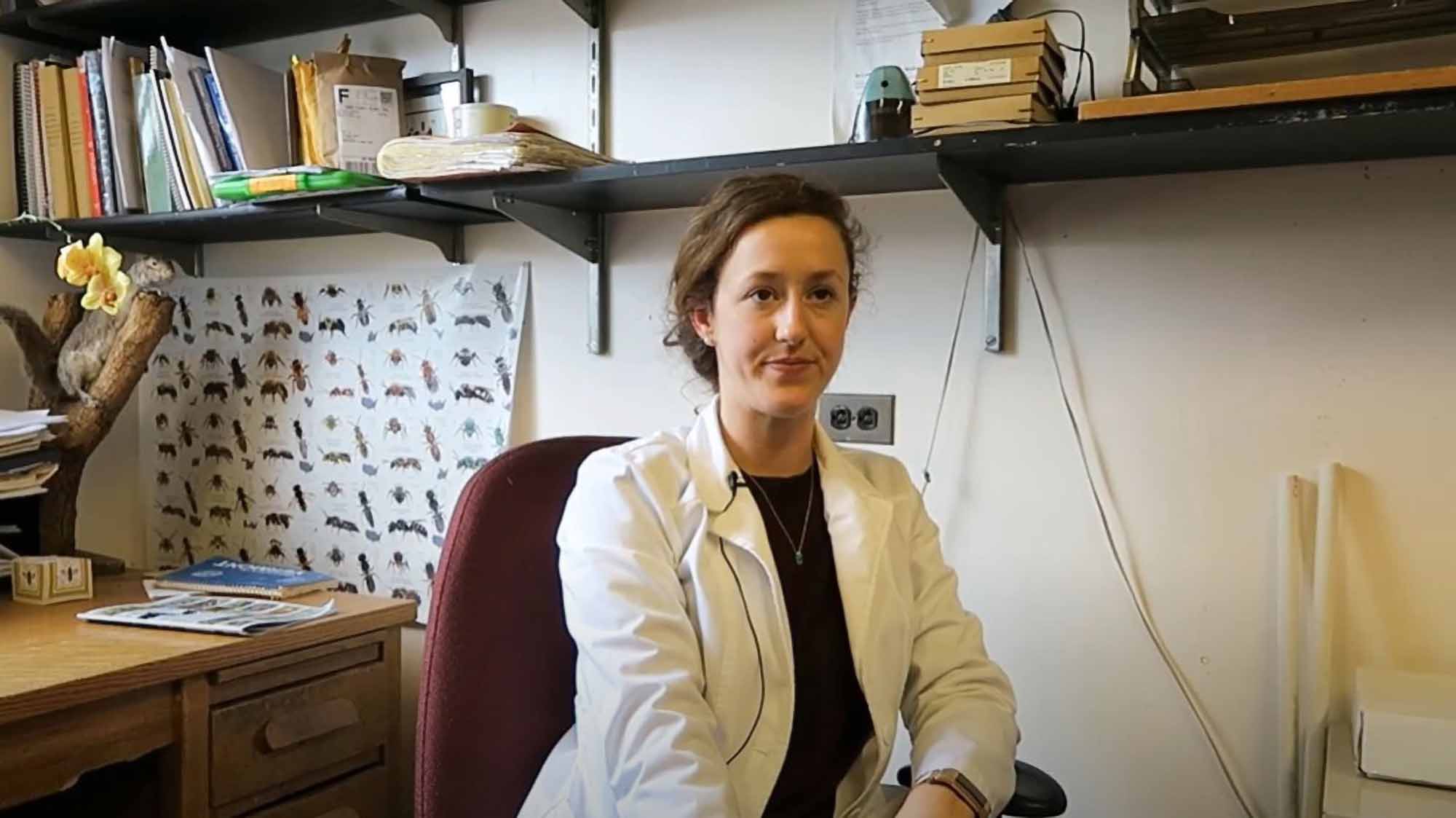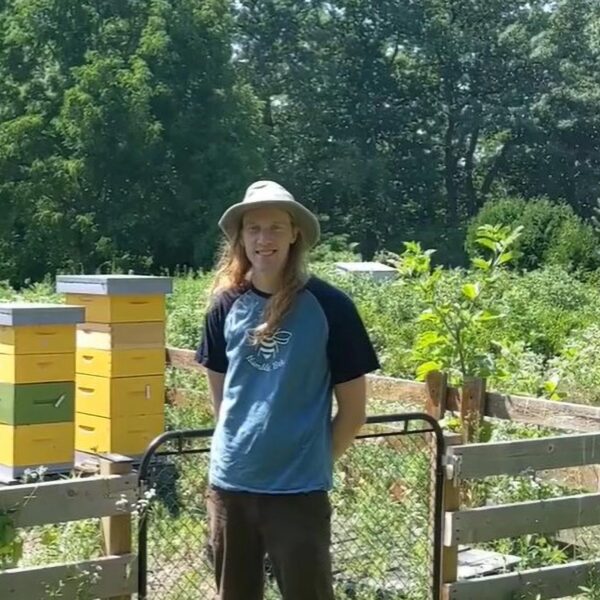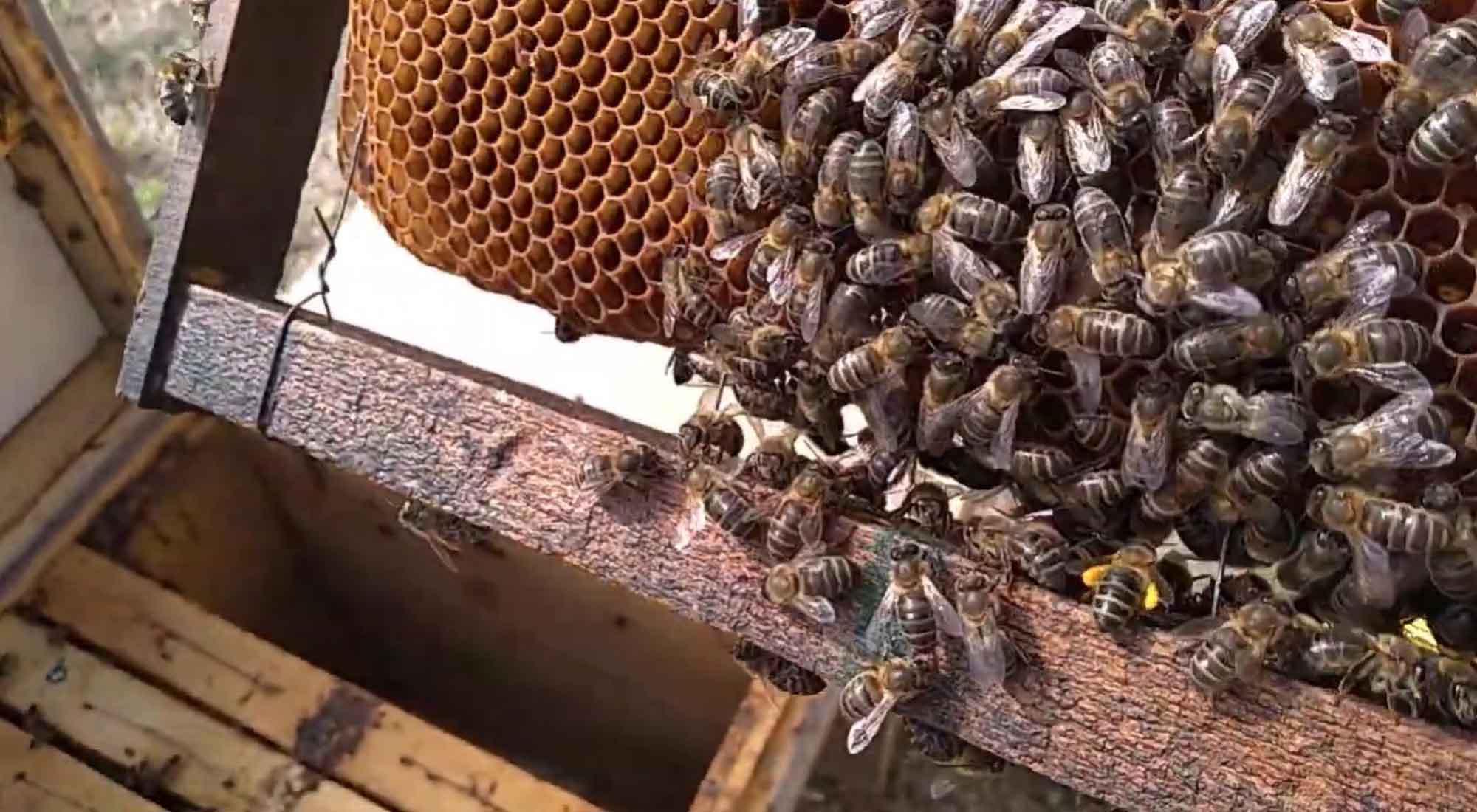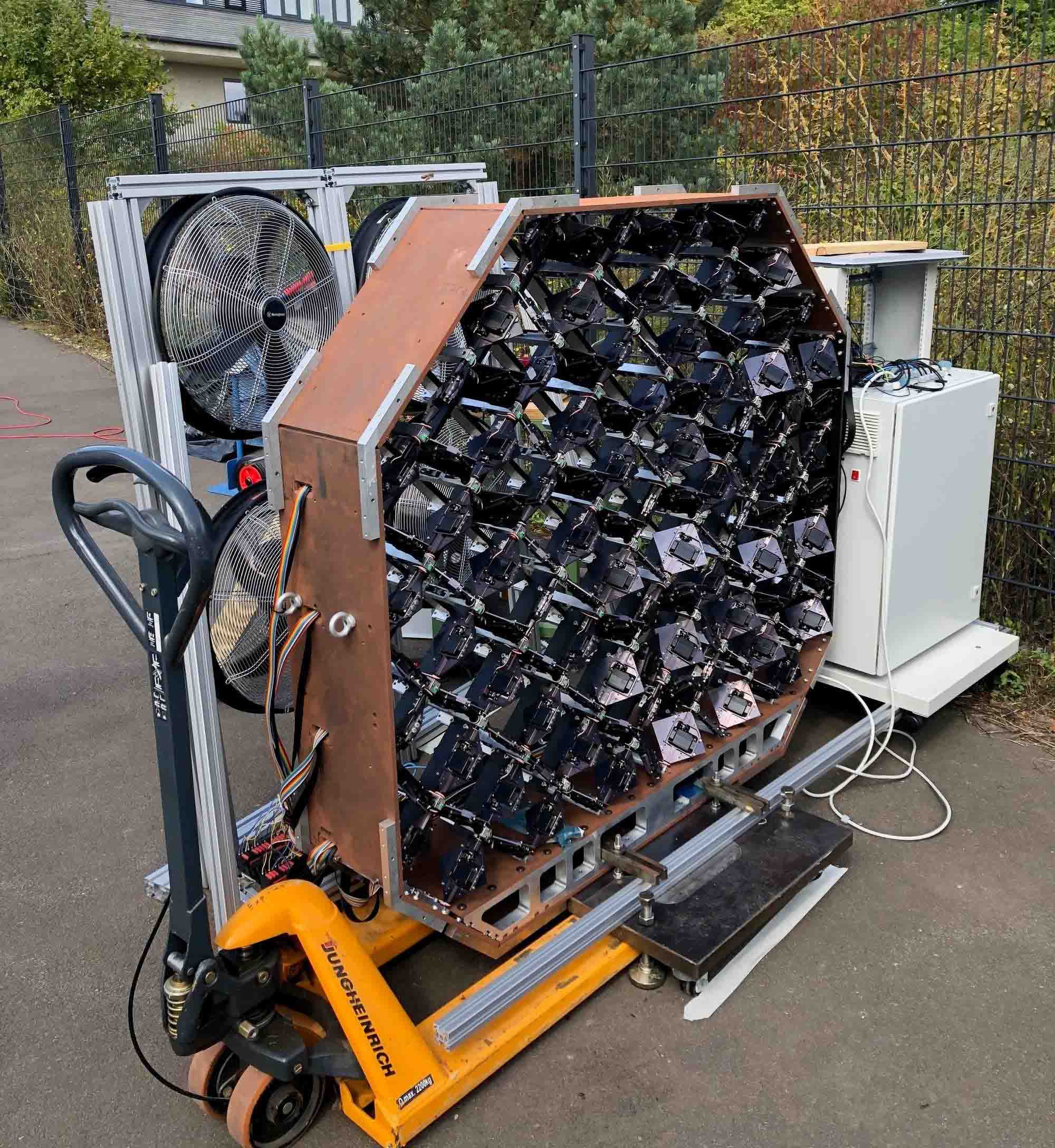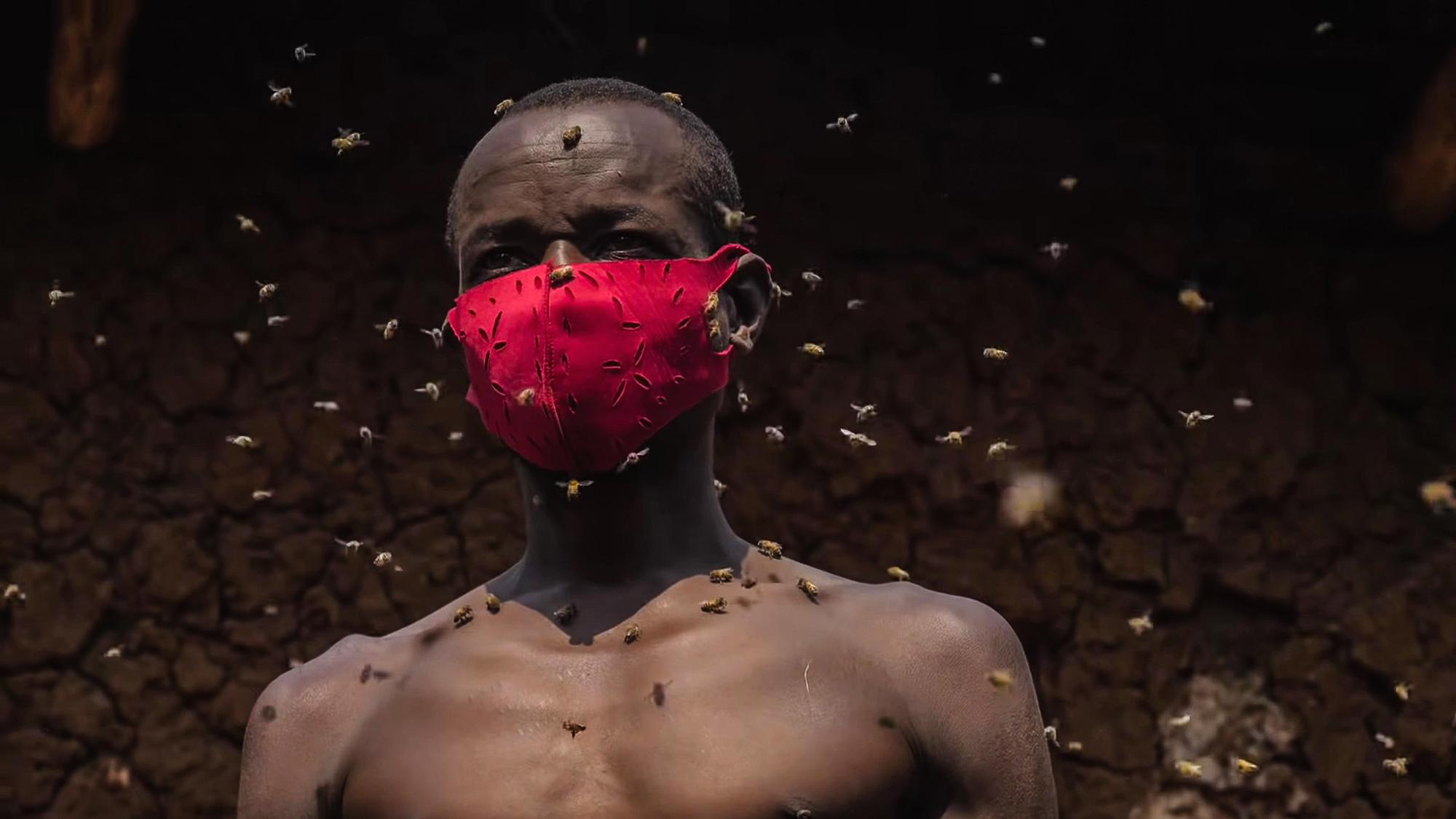Chemical substances have an even worse impact on the behaviour of bumblebees at high temperatures, according to studies at a renowned British institution.
Research by experts from the Imperial College London‘s Department of Life Sciences shows that skills such as responsiveness and walking rate were seriously impaired when the solitary pollinators were exposed to pesticides and 30 degrees centigrade.
In the experiments, a substance called imidacloprid – which belongs to the group of the so-called neonicotinoids – was applied as well as sulfoxaflor, an insecticide.
The Imperial College experts wanted to determine whether other aspects such as temperatures also played a role when it comes to how well bees can cope with the application of pesticides.
Lead researcher Dr Richard Gill and his team examined six bumblebee behaviours under the influence of imidacloprid and sulfoxaflor at 21, 27 and 30 degrees centigrade.
They found out that four skills – their responsiveness, the likelihood of movement, the rate of food consumption and their walking rate – were affected by imidacloprid more strongly at the lower temperatures.

The study authors said this might mean that cold snaps could increase the harmful effect of toxic substances when it comes to actions which were of great relevance to procedures in the pollinators’ nests.
The Imperial College research also indicated that the bees’ scope – which is a crucial skill – was most strongly affected by the neonicotinoid at the highest temperature.
Dr Gill said: “The drop-off in flight performance at the highest temperature suggests a ‘tipping point’ has been reached in the bees’ ability to tolerate the combined temperature and pesticide exposure.”
The senior lecturer explained: “This seeming cliff-edge effect happens over the span of just three degrees, which changes our perception of pesticide risk dynamics given such temperature changes can commonly occur over the space of a day.”
He added that “the frequency to which bees will be exposed to pesticides and extreme temperatures under climate change is predicted to increase.”
Solitary bees such as bumblebees, mason bees and leafcutter bees are considered to be highly efficient pollinators. There are an estimated 20,000 to 30,000 solitary bee species in the world.
Imperial College London’s biodiversity and conservation expert Daniel Kenna said: “Our findings show that environmental context is crucial when assessing pesticide toxicity, particularly when projecting bee responses under future climate change.”
Dr Peter Graystock is a lecturer in human and animal health at the higher education institution. He added: “These results are important for developing a toxicity forecast framework, allowing us to predict how bee populations will respond to climate change whilst living in intense agricultural landscapes.”
Neonicotinoids are a highly disputed group of chemical substances. Over the last few years, numerous studies have confirmed their application’s devastating effects on the nervous system of insects.
The substances are commonly used across the world. Last year, the European Commission (EC) – which is the executive government that represents the European Union’s 27 member nations – said that the neonicotinoids clothianidin and thiamethoxam would be banned as of 2023.
The EC said there must not be any traceable residue of clothianidin and thiamethoxam in any foodstuff produced within the EU by this year. However, the regulation also affects imported products and all kinds of animal nutrition.
The United Nations warned that “widely divergent standards of production, use and protection from hazardous pesticides” in different countries were creating “double standards” which would have a serious impact on human rights.”
The Imperial College London scientists’ findings suggest that increasingly extreme temperature events in the future could worsen the negative effect of chemical substances on bee populations and their pollination activities.

